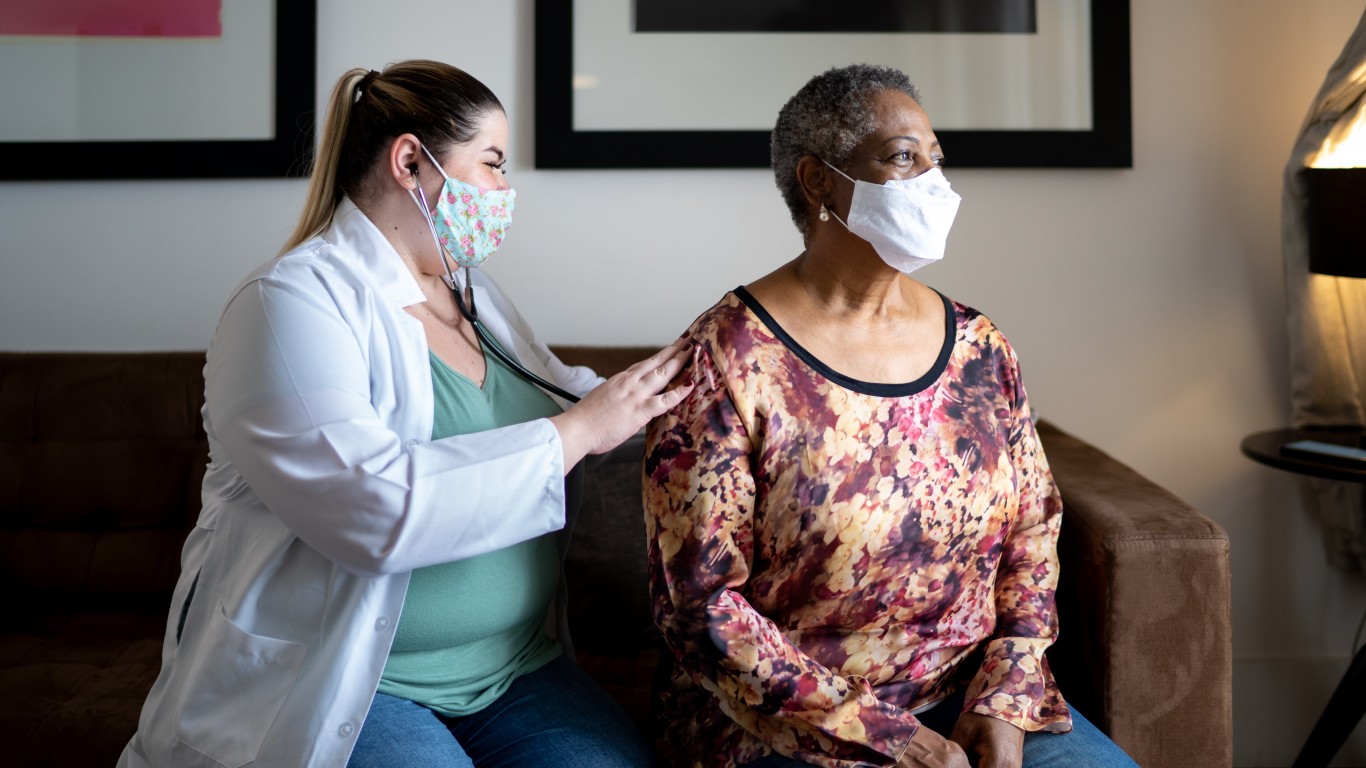
Many parents encourage their children to become doctors or lawyers. Why? The two professions are among the highest paid in America, according to the Bureau of Labor Statistics. In fact, categories of physicians take up eight of the 20 professions with the highest median annual pay, according to BLS data. And of all physician categories, the highest paid doctors in America are plastic surgeons.
The path to becoming a physician is a long one. Once a candidate has a college degree, he or she spends four years in a medical school, a year or more as a resident in a hospital, and often at least another year, or more, in fellowships. Fellowships can be particularly important for doctors who want to become specialists.
Being a doctor also can be expensive. Malpractice insurance can run as much as $50,000 to double that a year. Doctors who are not employed by hospitals need staff, medical equipment, and office space. Altogether, these costs can run into tens even hundred of thousands of dollars a year. (Here are 87 jobs with six-figure salaries.)
Both expenses and income can vary by geographic location. Doctors in Manhattan often make more than physicians who work in rural settings.
Medical news site Medscape recently released its “Physician Compensation Report 2021: The Recovery Begins.” One of the report’s conclusions is that some doctor practices have struggled during the COVID-19 pandemic, especially in 2020. They continued to have expenses, but patient visits dropped. Other doctors could afford to wait out the slow period but lost a great deal of money in the process.
Medscape collected data from nearly 18,000 doctors in over 29 specialties about their incomes (including bonuses) and expenses and hours worked. (You think doctors are highly paid? These are the highest paid CEOs at America’s largest companies.)
Despite COVID-19, the average pay for primary care physicians was $242,000 in 2020 (as reported in this year’s review), about the same as in 2019 (as reported in last year’s review). Specialists made an average of $346,000, also very close to the previous year’s number.
Plastic surgeons made the most money this year, at an average of $526,000.
This is the annual compensation for the highest paid specialties

29. Pediatrics
> Average compensation: $221,000
[in-text-ad]

28. Family medicine
> Average compensation: $236,000

27. Public health and preventive medicine
> Average compensation: $237,000

25. Infectious diseases
> Average compensation: $245,000
[in-text-ad-2]

25. Diabetes and endocrinology
> Average compensation: $245,000

24. Internal medicine
> Average compensation: $248,000
[in-text-ad]

23. Allergy and immunology
> Average compensation: $274,000

22. Psychiatry
> Average compensation: $275,000

21. Rheumatology
> Average compensation: $276,000
[in-text-ad-2]

20. Neurology
> Average compensation: $290,000

19. Physical medicine and rehabilitation
> Average compensation: $300,000
[in-text-ad]

18. Nephrology
> Average compensation: $311,000

17. Ob/Gyn and women’s health
> Average compensation: $312,000

16. Pathology
> Average compensation: $316,000
[in-text-ad-2]

15. Pulmonary medicine
> Average compensation: $333,000

14. Emergency medicine
> Average compensation: $354,000
[in-text-ad]

13. Critical care
> Average compensation: $366,000

12. Surgery, general
> Average compensation: $373,000

11. Anesthesiology
> Average compensation: $378,000
[in-text-ad-2]

10. Ophthalmology
> Average compensation: $379,000

9. Dermatology
> Average compensation: $394,000
[in-text-ad]

8. Oncology
> Average compensation: $403,000

7. Gastroenterology
> Average compensation: $406,000

6. Radiology
> Average compensation: $413,000
[in-text-ad-2]

5. Otolaryngology
> Average compensation: $417,000

4. Urology
> Average compensation: $427,000
[in-text-ad]

3. Cardiology
> Average compensation: $459,000

2. Orthopedics and orthopedic surgery
> Average compensation: $511,000

1. Plastic surgery
> Average compensation: $526,000
It’s Your Money, Your Future—Own It (sponsor)
Are you ahead, or behind on retirement? For families with more than $500,000 saved for retirement, finding a financial advisor who puts your interest first can be the difference, and today it’s easier than ever. SmartAsset’s free tool matches you with up to three fiduciary financial advisors who serve your area in minutes. Each advisor has been carefully vetted and must act in your best interests. Start your search now.
If you’ve saved and built a substantial nest egg for you and your family, don’t delay; get started right here and help your retirement dreams become a retirement reality.
Thank you for reading! Have some feedback for us?
Contact the 24/7 Wall St. editorial team.
 24/7 Wall St.
24/7 Wall St. 24/7 Wall St.
24/7 Wall St. 24/7 Wall St.
24/7 Wall St.


